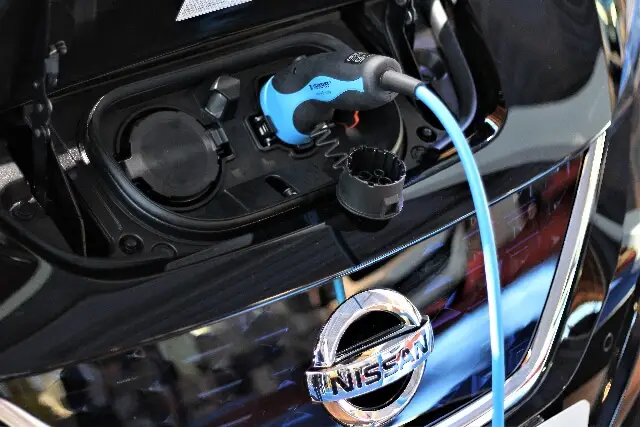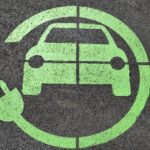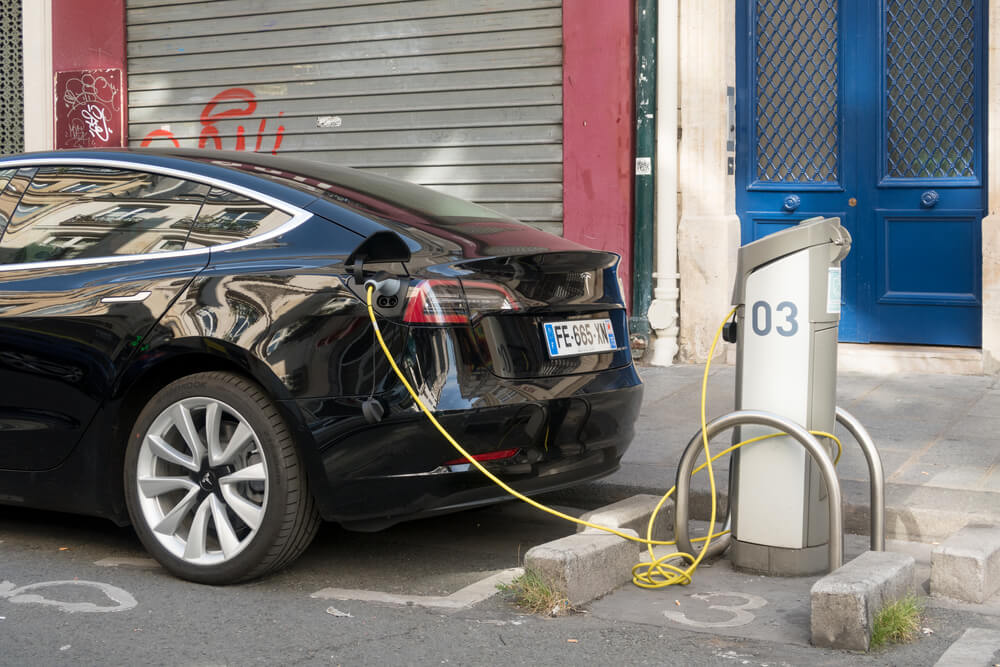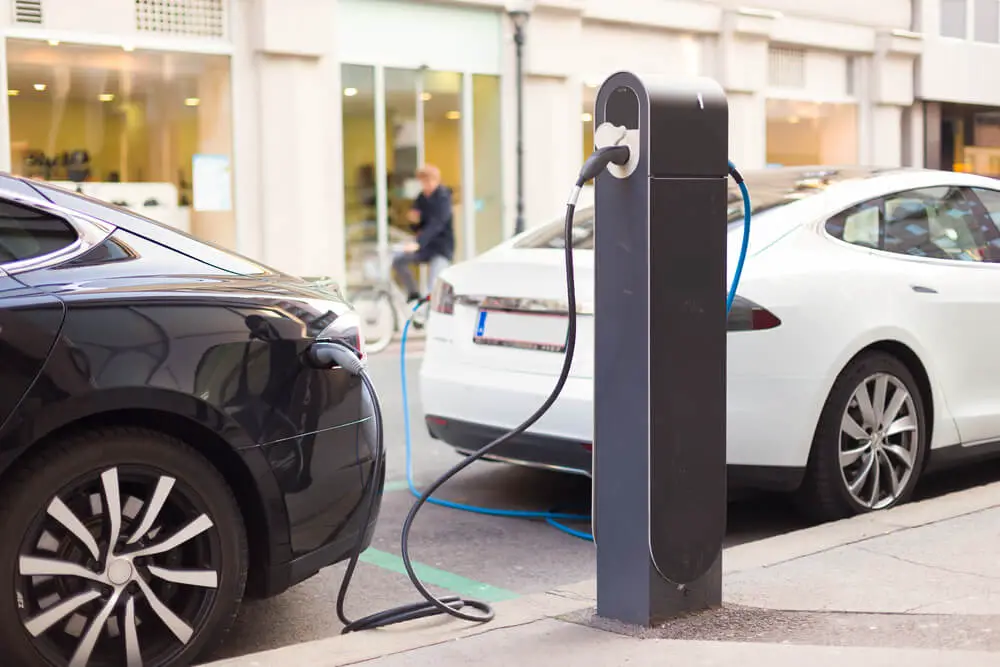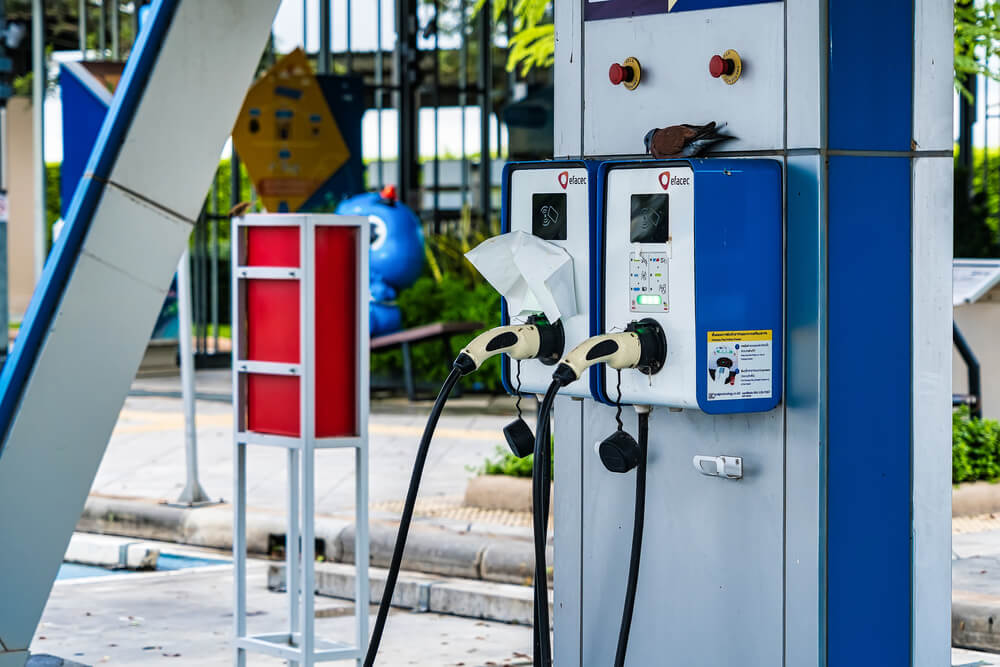Electric vehicles (EVs) are excellent alternatives to traditional cars that operate on fossil fuels because they don’t give off toxic emissions.
If you own an electric vehicle, you probably care for the environment. But what happens to those lithium-ion batteries when they get old? Can you recycle them?
Yes, electric car batteries are recyclable. Depending on the recycling process, the entire battery parts are entirely recyclable.
However, it’s not a straightforward process.
Let’s find out more about this in a more detailed manner.
What is an Electric Car Battery Made Of?
An electric car battery is made of lithium-ion cells. These cells contain a cathode (positive electrode), an anode (negative electrode), and a separator.
The electrolyte (liquid) conducts ions between the cathode and anode.
The ions move from the cathode to the anode as the battery charges. When it is discharging, the ions move in the reverse direction.
Can You Recycle An Electric Car Battery?
The answer is yes. Lithium-ion electric car batteries consist of recyclable materials. Nearly 100% of electric car batteries can undergo recycling at a recycling plant or scrap yard.
Recycling electric car batteries helps reduce pollution.
The process also helps conserve resources like lithium required to be mined to manufacture new electric car batteries.
About 100% of lithium contained in the battery is recoverable.
But this will depend on the recycling process applied. It’s also possible to recycle most of the remaining battery parts, for example, metals like iron and copper.
However, the recycling process of lithium electric car batteries is more complex than traditional batteries.
The recycling process is also incredibly energy intensive and quite expensive.
Because of these factors and the high cost of mining lithium, recycling isn’t yet an economical option to handle electric car batteries.
But with the continuous technological advancements and the recycling of EV batteries increases, the cost will most likely reduce.
There’ll be less energy-intensive methods to recycle lithium batteries.
In addition, by the time most electric car batteries approach their lifespan’s end, they can still store over 80% of their original charge capacity.
Therefore, they’re often reused for different applications before getting to a recycling plant.
Lead-acid batteries have simple structures containing water and lead plates mixed with sulfuric acid.
Yes, they are recyclable, and the recycling process is easier than that of lithium-ion batteries.
Unfortunately, lead is extremely toxic. This means processing lead-acid car batteries can cause health problems. In contrast, recycling lithium-ion batteries comes with some risks, the process is quite safer.
When it comes to recycling lithium-ion batteries, they must first get discharged fully.
After that, the lithium-ion part of the battery (electrolyte) gets destroyed.
The lithium then gets frozen with liquid nitrogen to prevent any chemical or electrical reactions after crushing the lithium.
Workers then separate the lithium-ion battery and remove valuable components such as:
- Cobalt
- Copper
- Nickel
Lithium isn’t 100% recoverable, but the amount obtained will probably return to another battery.

How Can You Recycle An Electric Car Battery?
When an electric car battery becomes unusable, recycling companies typically do one of two things:
They either extract the valuable metals from the battery for reuse or break down the battery into its constituent parts for disposal.
Extracting Metals from Electric Car BatteriesThe most common way to recycle electric car batteries is to remove valuable metals from them.
This can be done in two ways: pyrometallurgy and hydrometallurgy.
Pyrometallurgy
The recycling company uses heat to break down the battery into its constituent parts. The metals are then melted down and purified.
This process is expensive and can pollute the environment if not done properly.
Hydrometallurgy
The recycling company uses a chemical solvent to dissolve the battery into its constituent parts. The metals are then precipitated out of the solution and purified.
This process is cheaper and less environmentally friendly than pyrometallurgy.
- Breaking Down the Electric Car Battery into its constituents for Disposal
Here, the recycling plant will either break the battery down into its constituent parts for reuse or extract and sell the valuable materials for reprocessing.
The recycling process begins with a gas-fired thermal oxidiser removing the combustible material, such as plastics and insulation.
Polluting particles created during the burning process are eliminated by the plant’s scrubber before being released into the atmosphere. This leaves the clean and naked cells with metal content.
Going forward, the cells get chopped into small pieces and heated until the valuable metal liquefies.
Non-metallic substances are burned off, leaving a black slag on top that a slag arm removes.
The alloys settle according to weight and are skimmed off like cream from raw milk while still in liquid form.
- Reusing Electric Car Batteries
Another option for recycling electric car batteries is to reuse them. This can be done in two ways: battery swapping or second-life batteries.
Battery Swapping
Electric car owners can swap their old battery for a new one at a battery swapping station. This is more expensive than simply recycling the old battery, but it’s more convenient for the customer.
Second-Life Batteries
Recycling companies can also reuse old batteries by refurbishing them and selling them as second-life batteries. It’s cheaper than battery swapping, but it’s not as convenient for the customer.
What are the Protocols for Recycling Electric Car Batteries?
Used or old lithium-ion batteries are quite harmless but still require recycling.
The lithium in the EV battery, including other valuable components like magnesium, nickel, and cobalt, can be useful for creating another battery.
It’s imperative not to throw electric car lithium-ion batteries in the recycling battery.
They may be safe when left alone but damaged, or punctured batteries can leach toxic chemicals into the environment.
In addition, the high pressure and temperature the battery encounters during transportation to the recycling facility can lead to a fire risk.
If you want to recycle your lithium-ion battery, consider taking it to the recycling center. It’s not a surety you’ll find a recycling facility for your lithium-ion battery.
Lithium-ion car batteries are still newer, so only a few recycling companies have the required experience and equipment to process them.
Thankfully, services such as Call2Recycle and Earth911 can help you locate a recycling plant for your lithium-ion car battery.
But be ready to spend some money for recycling as some recycling centers charge a small fee to process any product containing heavy metals.
Bottom Line
It’s now clear that you can recycle an electric car battery at a recycling plant.
These batteries contain recyclable components, which can be disassembled, extracted, processed or used to manufacture new batteries.
Unlike lead-acid car batteries, lithium-ion batteries are relatively complex to recycle. The process is energy intensive and costly but safer than processing the toxic lead in lead-acid batteries.
